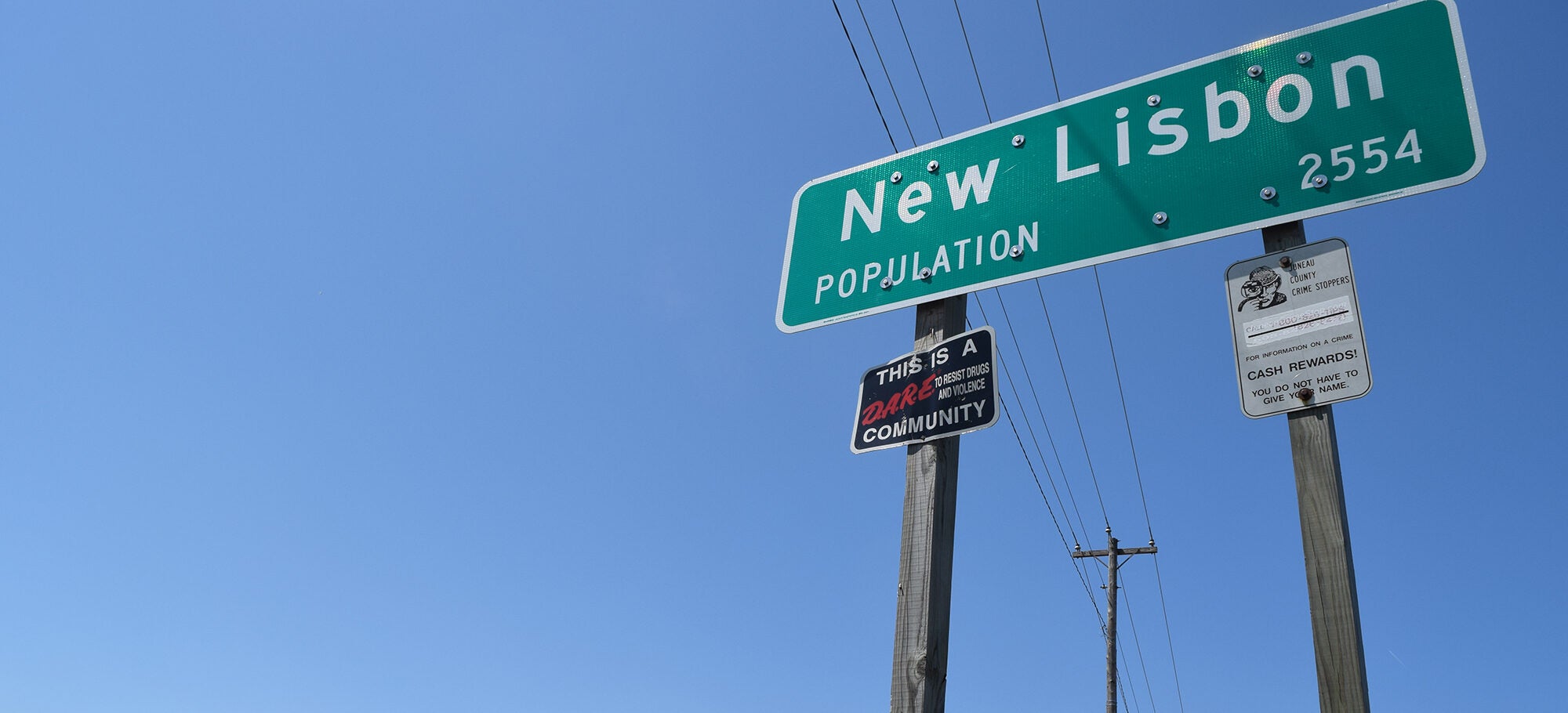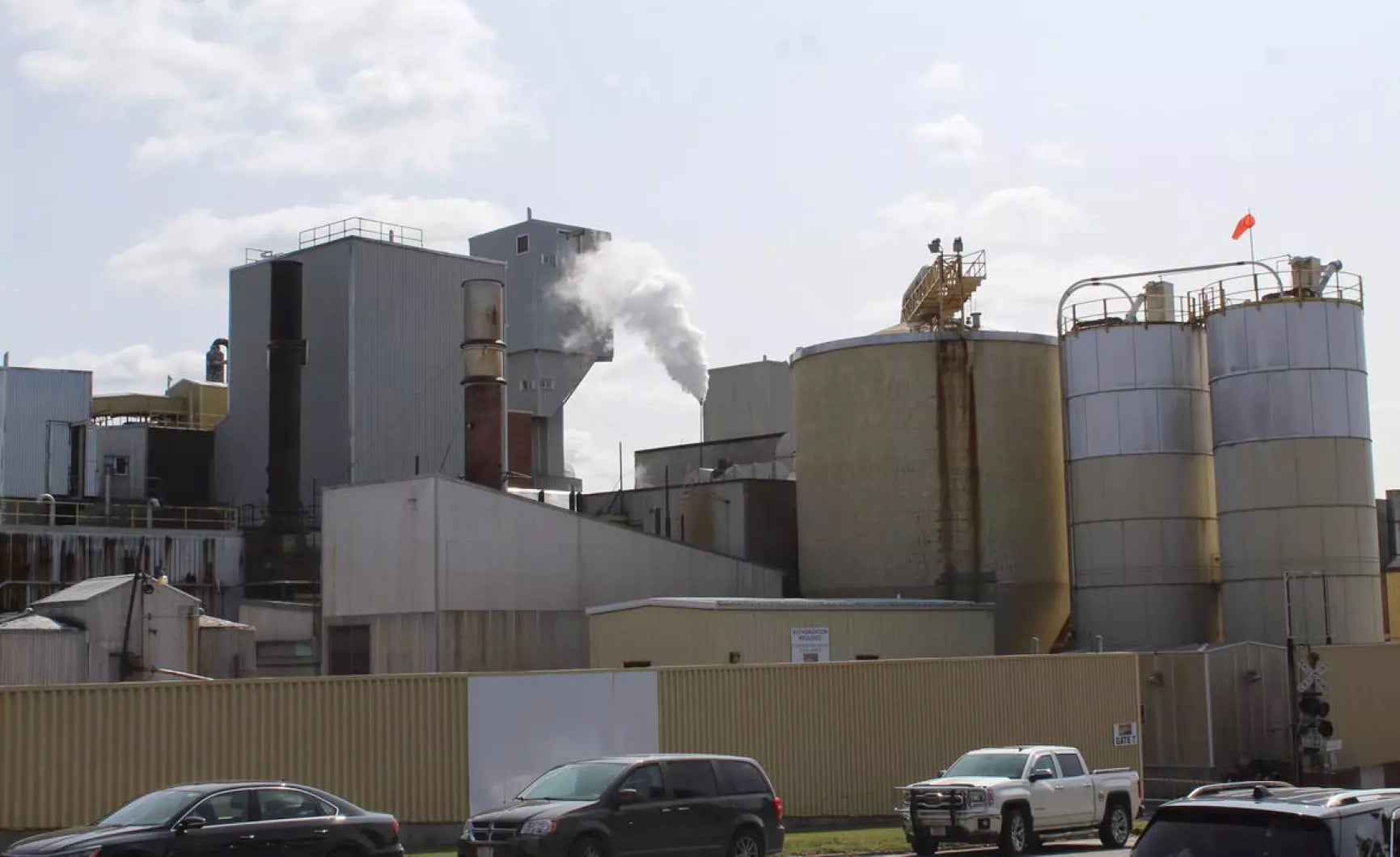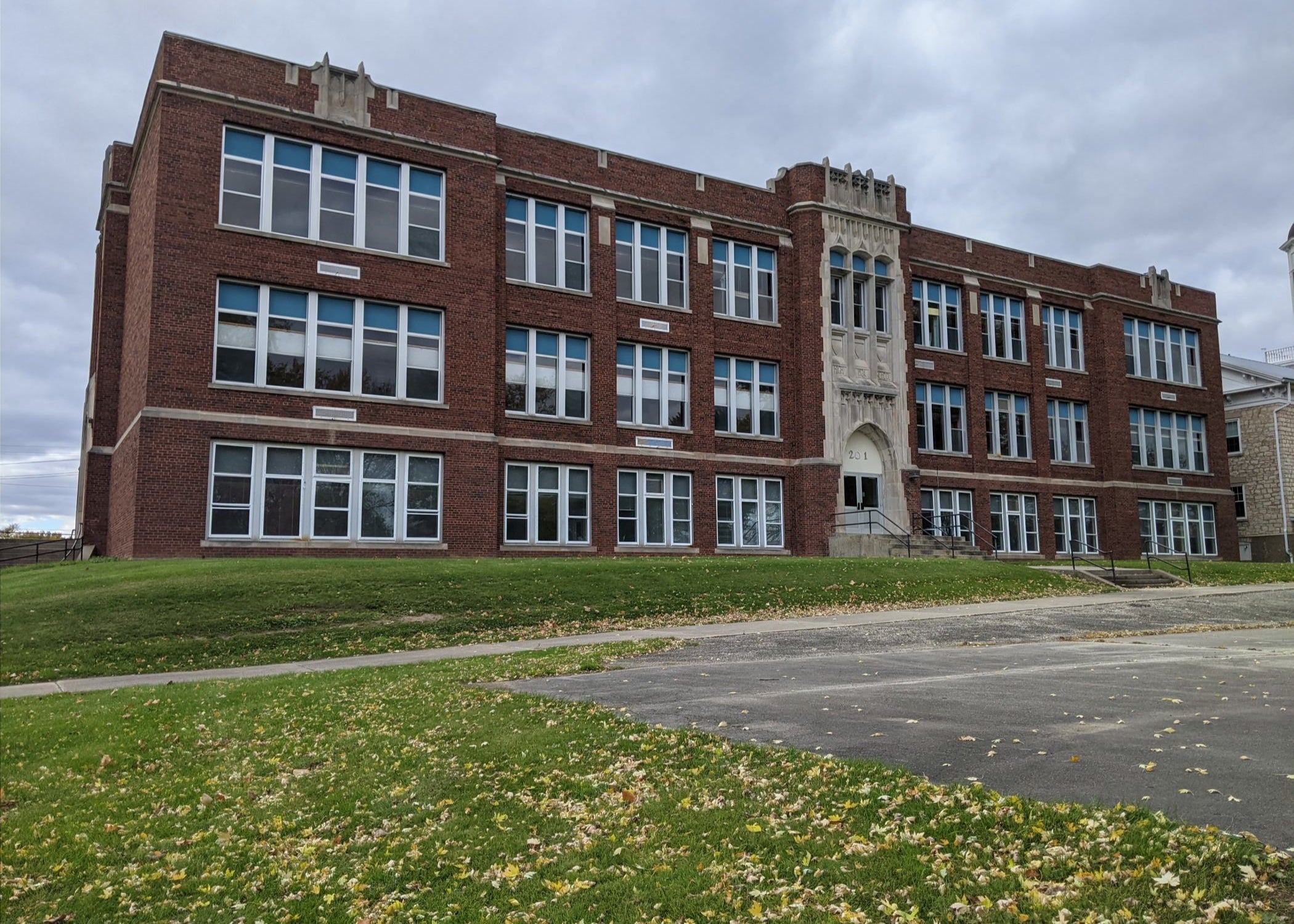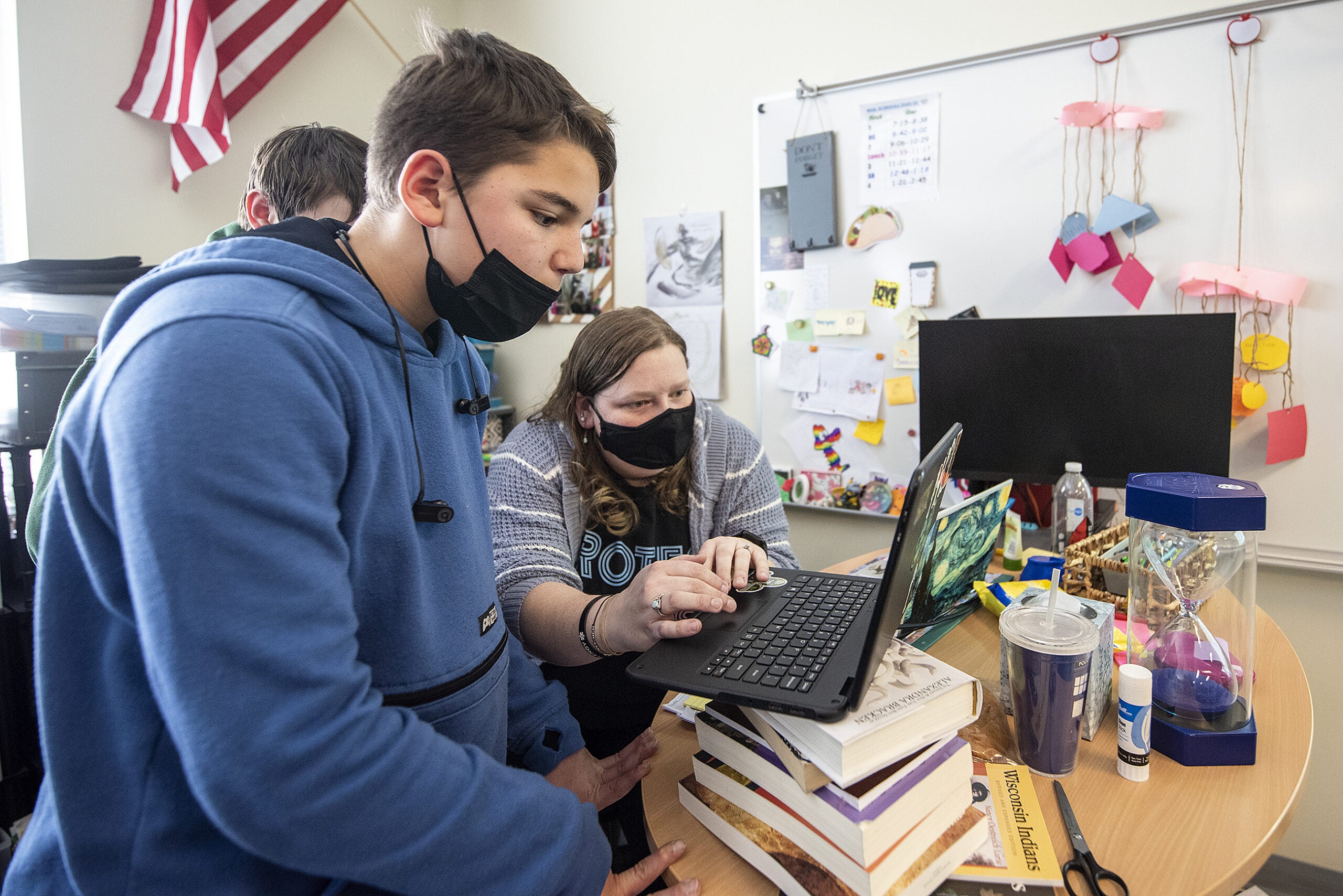
A photo from Jake Staples’ dating profile. Photo courtesy of Jake Staples
When it comes to dating in small towns, there are some timeless realities. For one, being discreet with a new date is not always possible.
“Everywhere you go you know people,” said Jake Staples, a single 25-year-old interested in men and living in Viroqua, a town with a population of 4,362 in southwest Wisconsin.
News with a little more humanity
WPR’s “Wisconsin Today” newsletter keeps you connected to the state you love without feeling overwhelmed. No paywall. No agenda. No corporate filter.
” … They’re gonna see you, and talk about you, and be like, ‘Oh so-and-so is dating so-and-so,’” he said. “And, ‘Who’s that guy with so-and-so?’”
Another thing people dating in small towns today will tell you is that they’re regularly driving long distances to the closest major city to date.
Kris Evans put it succinctly.
“My experience dating in Mayville is driving long distances,” Evans said about the town where he lives, approximately 60 miles from Madison. He is 34 years old, interested in women, and dating someone. But he said finding a person willing to share the commute back and forth from Mayville has not been easy.
“I kind of laughingly call it ‘city privilege,’” he said. “They’re just like ‘Ahg, I’m over it. I don’t want to go that far.’”
The question of what is changing the experience of people dating in rural areas is being influenced in part by two trends: the diminishing number of young people in rural areas, and the proliferation of online dating.
Wisconsin’s rural counties saw an estimated 9 percent fewer 20- and 30 year-olds in 2010 than they would have if their population from 2000 had remained static, according to data from the Applied Population Lab at the University of Wisconsin-Madison. That’s compared to a statewide average loss of less than 1 percent. And looking at just 20 year olds, that figure jumps to a loss of 34 percent in rural counties.
That trend combined with the rise of dating apps like Tinder, Grindr, and Farmers Only means that people like Shana Meshbesher — 37 years old, single, and interested in men — have different dating lives than that of previous generations.
Meshbesher lives in Viroqua, too. She says her dating profile is just as high-strung as she is.
“Failing perfectionist by day, ubiquitous dreamer by night,” she read off her phone. “DJ Fridays, nonstop fun through Sundays.”
Her preferred method of using the apps is in new cities. That lets her expand her dating pool to places like La Crosse and Madison. But that also means she ends up driving, at times two hours one way, to meet up with someone for the first time.
A screen shot from Shana Meshbesher’s Bumble account. Photo courtesy of Shana Meshbesher
“Because then it at least gives me options, maybe for me, but maybe not for the men that are like, ‘No, no, I’m only dating someone in my hometown,’” Meshbesher said.
Meshbesher’s experience is not surprising to Catalina Toma who studies relationships and online dating at UW-Madison.
“Folks in Madison have more options to date locally, and I think it’s most people’s preference to date locally,” she said. “It’s just so much more convenient.”
Toma said that’s one of the main challenges with dating in a small town, but she also says there are some benefits.
“When you have fewer people to choose from you might be more committed to them and more willing to give your all to that relationship and more willing to work on it,” she said.
Toma has seen this in some of her research.
The theory behind it comes from behavioral economics and is called “choice overload.” It refers to the phenomenon where a person has difficulty settling on something if they’re presented with too many choices. It’s a dynamic familiar to anyone who’s ever tried to pick out a donut at a donut shop, and Toma says it can be applied to online dating as well.
“We have actually found in our lab in some studies of online dating that when we connect someone with 24 potential matches they tend to be less satisfied with whoever they choose than when we connect them with six potential matches,” Toma said.

A photo from Kris Evans’ dating profile. Photo courtesy of Kris Evans
Toma says that dynamic could very well play out in rural areas that naturally have a smaller dating pool.
Kris Evans subscribes to both schools of thought. He accepts the idea that modern dating is thought to be a numbers game, but he says having to work hard to simply make a date happen may make him less likely to quibble over every tiny imperfection.
“If someone’s not absolutely right but they’re pretty darn good, I’m more likely to say, ‘You know what? Yeah, I’m into you and I’m willing to accept these parts of you,’” Evans said.
He used to live in Madison, and he’s happy with his choice to move. He said, on the whole, it is easier to live in places like Mayville, but admits it is also harder to date.
Wisconsin Public Radio, © Copyright 2026, Board of Regents of the University of Wisconsin System and Wisconsin Educational Communications Board.



